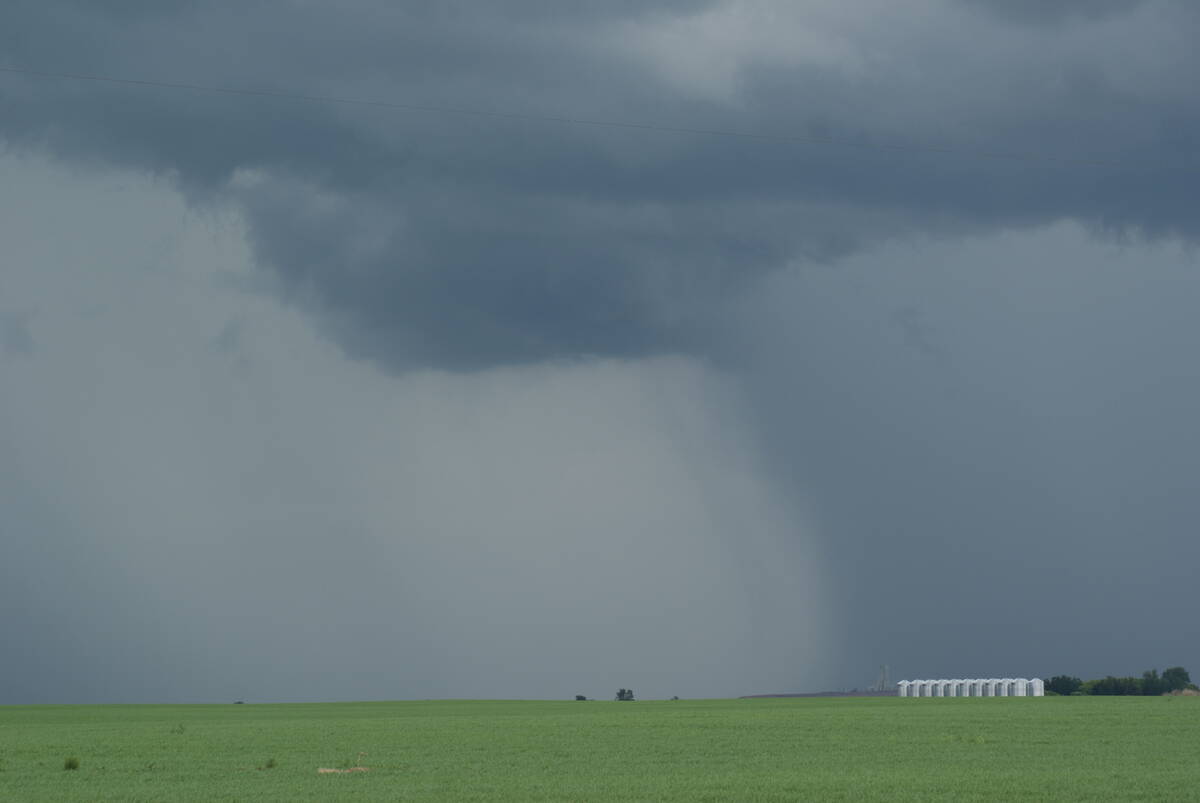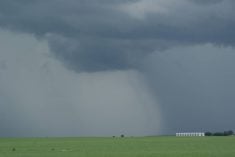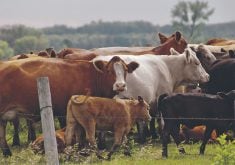Farmers and their organizations regularly call for improvements in business risk management programs, the farm safety nets that include AgriInsurance (crop insurance) and AgriStability.
One way to do that may be allowing government support for private insurance products.
Global Ag Risk Solutions has for many years offered private insurance to crop producers based on an income margin over variable costs.
Read Also

Canadian farmers need new tools to support on-farm innovation
Farmers need a risk management buffer that actually works and investment that drives advancements forward if Canada is to build resilience.
As grain prices have softened and as some areas have been hit with multiple years of drought, GARS premiums have become increasingly expensive relative to the support provided.
A home-grown Saskatchewan concept, GARS is now part of the large insurance firm Hub International.
GARS executive vice-president David Sullivan is making a case for the inclusion of private crop insurers within the business risk management programs run by government.
Letters have been sent to federal and provincial politicians as well as farm organizations.
While such a proposal is obviously self-serving for GARS and everyone else operating in the private insurance space, the concept warrants consideration.
If every farmer had a specified amount of government support money to spend on the programs that best fit their farm’s needs, there’s a good chance more farmers would choose a program such as GARS rather than crop insurance.
Without governments paying 60 per cent of crop insurance premiums and covering all of the administration, the program would not be tenable for a lot of producers.
Like publicly funded insurance, private insurance needs to be actuarially sound over time. However, it also needs to generate a profit.
On the other hand, even though government-run programs don’t need to generate profit, anything government runs has built in inefficiencies.
The largest current example of private insurance is hail insurance in Western Canada.
Many companies operate in this space and are successful despite government subsidized hail insurance in Manitoba and Alberta and a municipal system in Saskatchewan that’s provided with a number of advantages over competitors.
With private hail insurance, the market is large and insurance is relatively easy to administer.
A need exists for better insurance in many other areas where the market is not as large and the insurance product isn’t as straight forward.
A prime example is forage insurance.
The Saskatchewan Crop Insurance Corp. has a rainfall insurance program for hay and pasture.
Even with the addition and more weather stations, your forage crop may receive much less or much more rainfall than the weather station or stations you’ve chosen for the insurance. As well, growing season rainfall is just one of many factors affecting forage production.
A lot of work has gone into the use of satellite technology to more accurately determine forage production at a much more granular level to facilitate a better insurance product. Saskatchewan Crop Insurance was working with GARS on developing this kind of insurance product, but that collaboration has ended.
Private industry, whether it’s GARS or someone else, is in the best position to design and champion such a program, but it won’t fly without government support.
Can business risk management programming be strengthened by allowing private insurers the eligibility for the same premium subsidies and risk sharing support currently reserved for public crop insurance programs? More choice and more innovation would be good, but the devil will be in the details.
The current federal-provincial agriculture support framework will need to be renewed in a few short years. Now is the time to have the discussions on what the next framework might include.
















